8 best National Parks for wildlife viewing in the US
8 best National Parks for wildlife viewing in the US offer you glimpses of a stunning array of fauna, from manatee to moose and grizzlies to gators
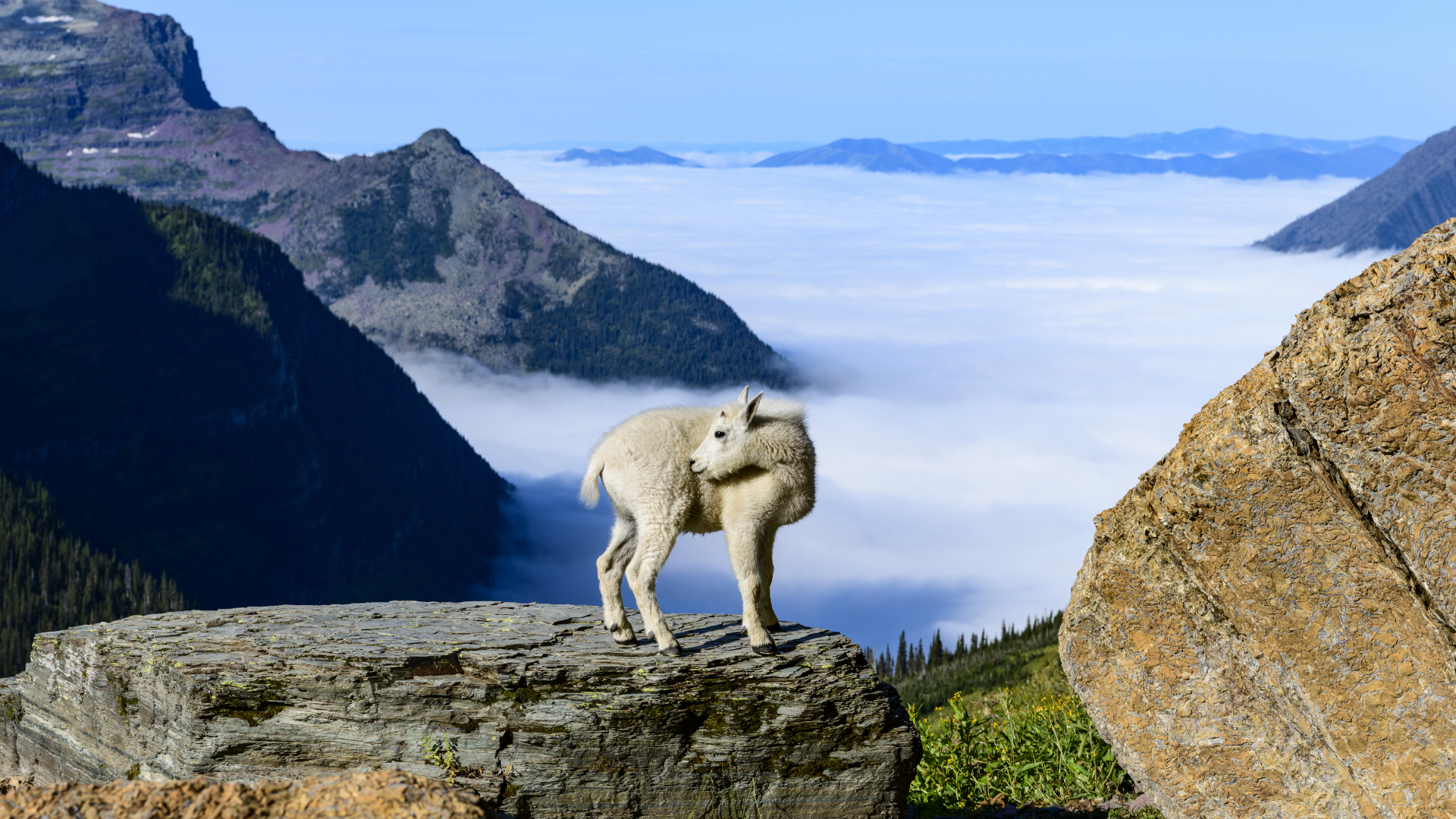
There are lots of great reasons to visit America’s incredible National Parks, from fabulously well-maintained hiking trails to experiencing important natural ecosystems firsthand. When it comes to wildlife viewing, you’d be hard pressed to go to any National Park and not see some local fauna, however some parks definitely stand out as top spots for viewing unique wildlife. So, if getting your eyes on a grizzly, a gator, a sea lion, a rattlesnake or an elf owl is top of your list, grab your hiking boots and a good pair of binoculars and head to one of the best National Parks for wildlife viewing.
Remember, you should tread lightly and give all wildlife a wild berth – you’re a guest in their house, after all. Enjoy wildlife from afar, and if you’re exploring the hiking trails or backpacking, make sure you read our articles on what to do if you meet a bear, mountain lion or moose on the trail.
1. Channel Islands, California
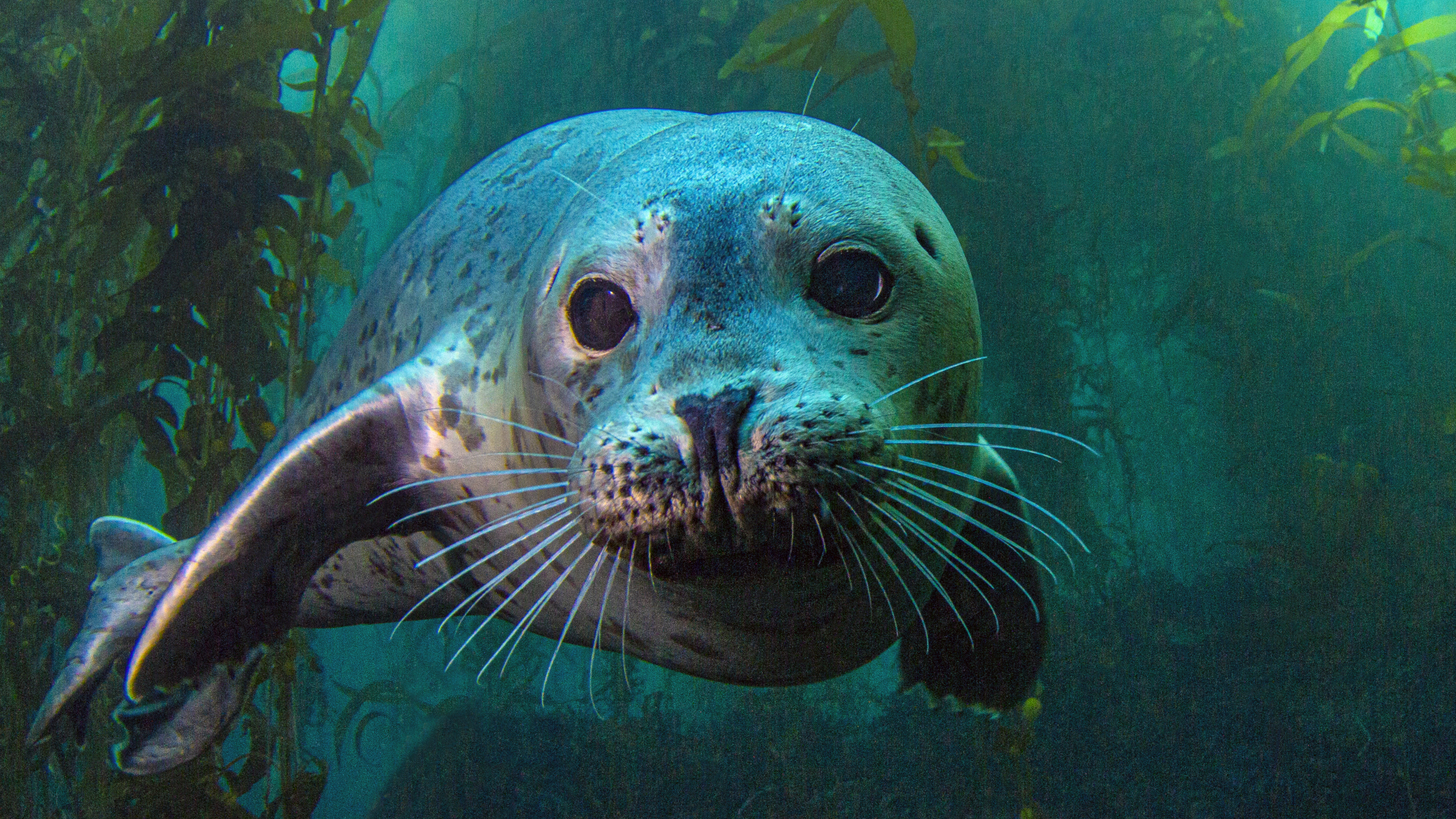
About 90 minutes off the coast of North Angeles lie five virtually untouched islands surrounded by a remarkable diversity of rare wildlife, some of which can only be found here. Kayak and snorkel among whales, sharks, dolphins, and spiny lobsters, hike with bats and soaring bald eagles overhead and among lizards, tree frogs and foxes, and chill out with sea lions and seals basking on the secluded beaches. A visit here provides a rare glimpse into what California’s coastline would have been like before people arrived in large numbers, as the islands have enjoyed almost total seclusion despite regular ferries from Ventura.
2. Yellowstone, Wyoming
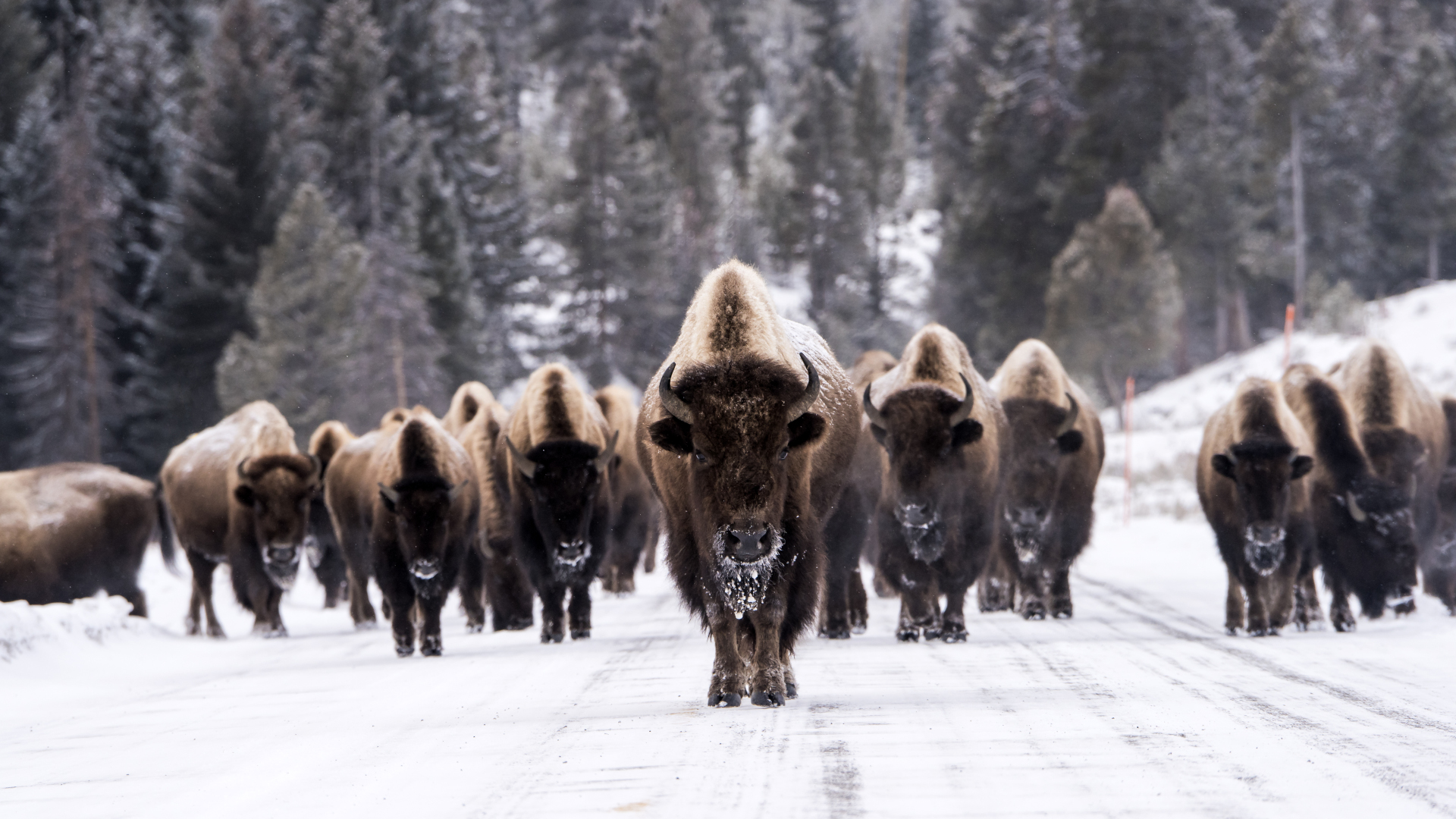
Set on 2.2 million acres of land mostly in Wyoming, and partially in Montana and Idaho, Yellowstone National Park is vast (bigger than Rhode Island and Delaware combined), rugged and remote. Its best known feature is Old Faithful, one of the Park’s 500 or so geysers (erupting hot springs) but it’s also home to more than 10,000 other hydrothermal features, 290 waterfalls ,the largest high elevation lake in North America and wildlife such as black and grizzly bears, grey wolf, Canada lynx, bobcats, bison, wolverines and mountain goats, just to name a few of the breathtaking array of mammals you can spot here.
3. Everglades, Florida
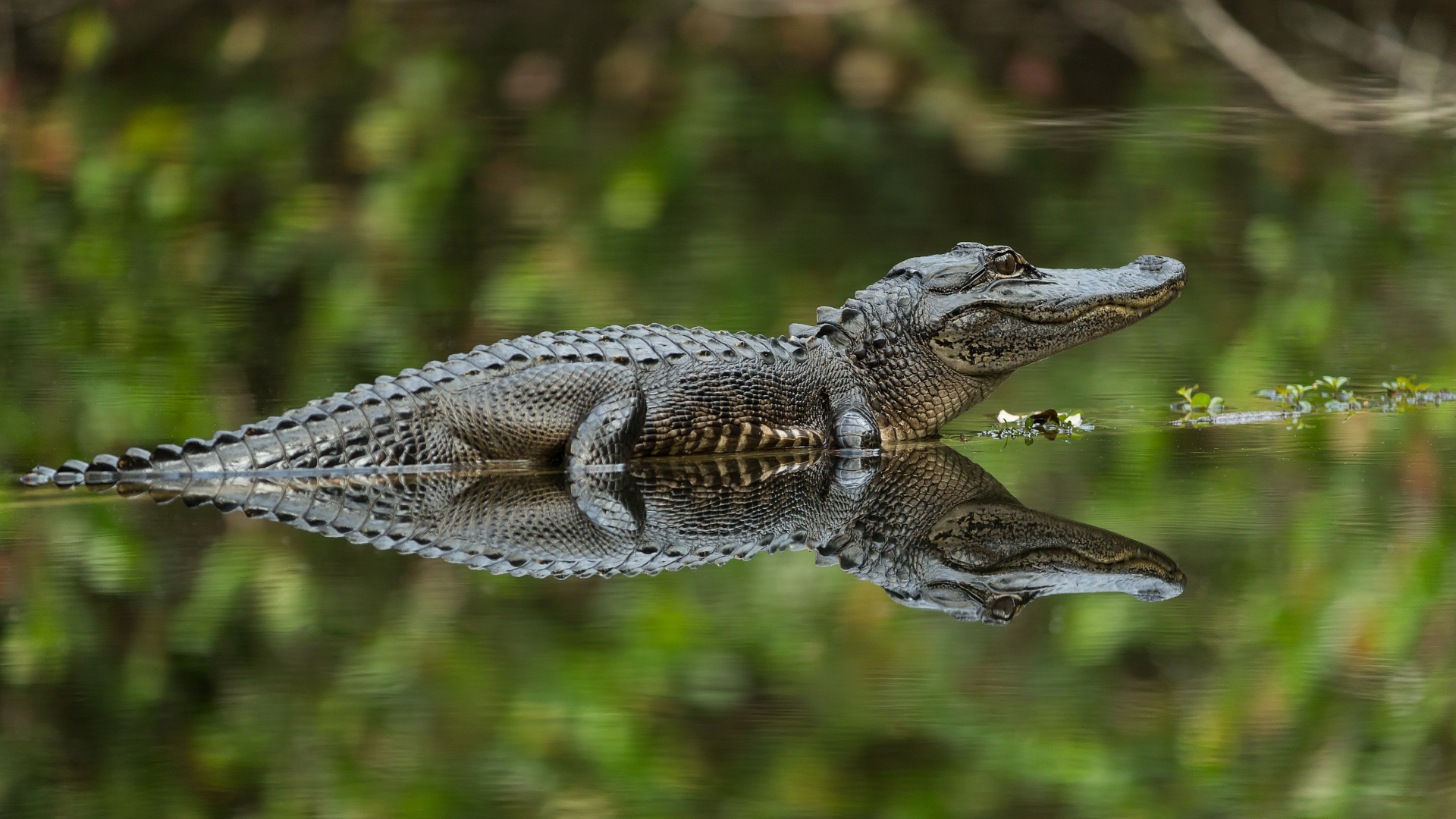
Everglades made our list of top National Parks for families and is a wetlands preserve on the southern tip of Florida made up of grassy marshlands and mangroves that move slowly and are home to hundreds of subtropical species. Though you might think of grizzly bears and moose when you think about National Park wildlife viewing, in Everglades National Park you can kayak or take a boat cruise through the tropical wetlands for glimpses of snapping crocodiles, alligators, manatees and turtles and even seek out the elusive Florida panther on the trails.
4. Glacier, Montana
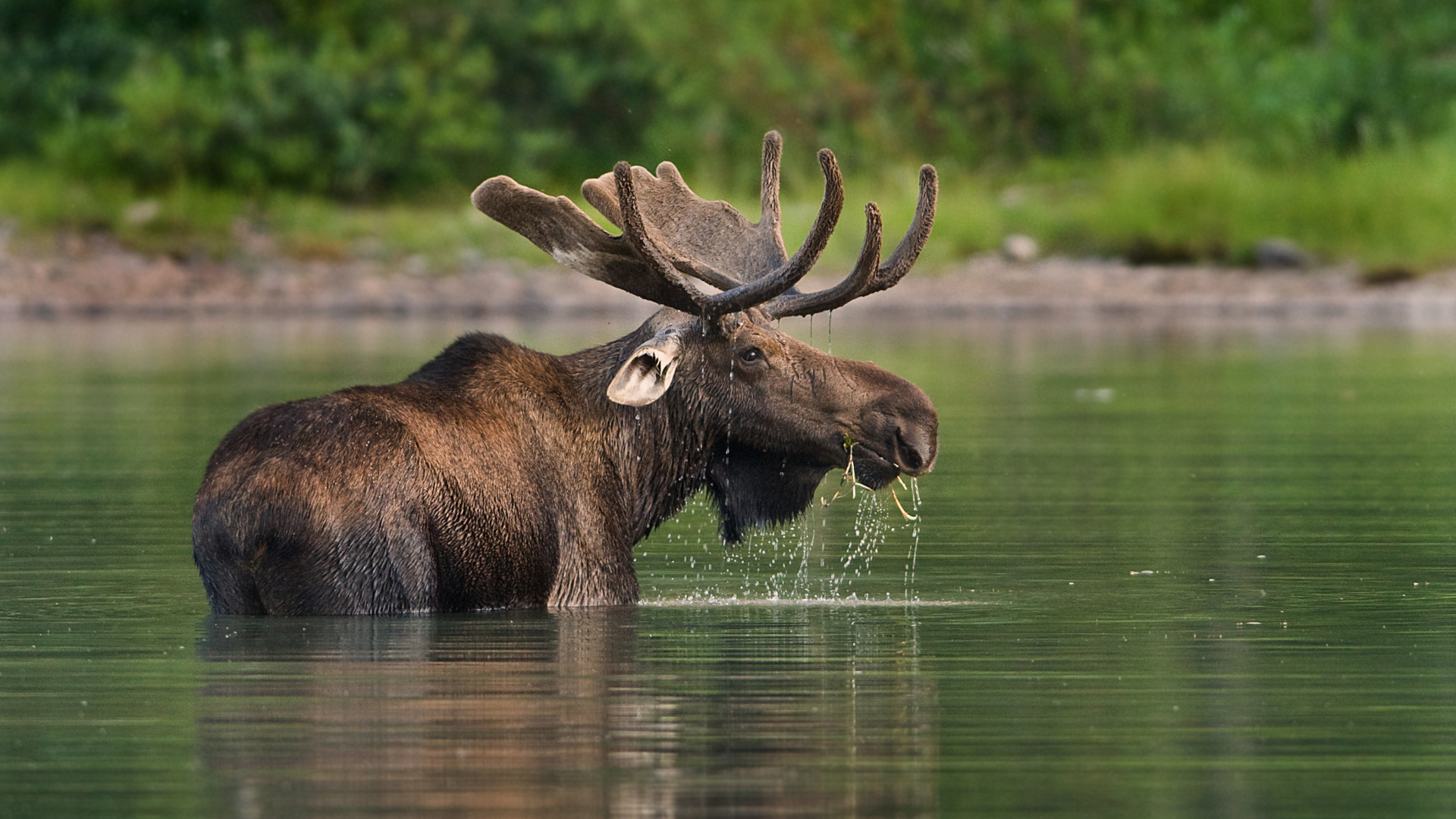
Set in Montana’s Rocky Mountains all the way up at the northern border, and surrounded on all sides by National Forests, Indian reservations and Canada’s Waterton National Park, Glacier National Park is an absolute paradise for anyone seeking solitude in the wilderness and a chance to really commune with nature. Glacier covers over 1,500 square miles of largely untouched wilderness where native species of plants and animals thrive including awesome grizzly bears, elusive mountain lions and lynx, timid moose and mountain goats and squeaky pikas.
5. Rocky Mountain, Colorado
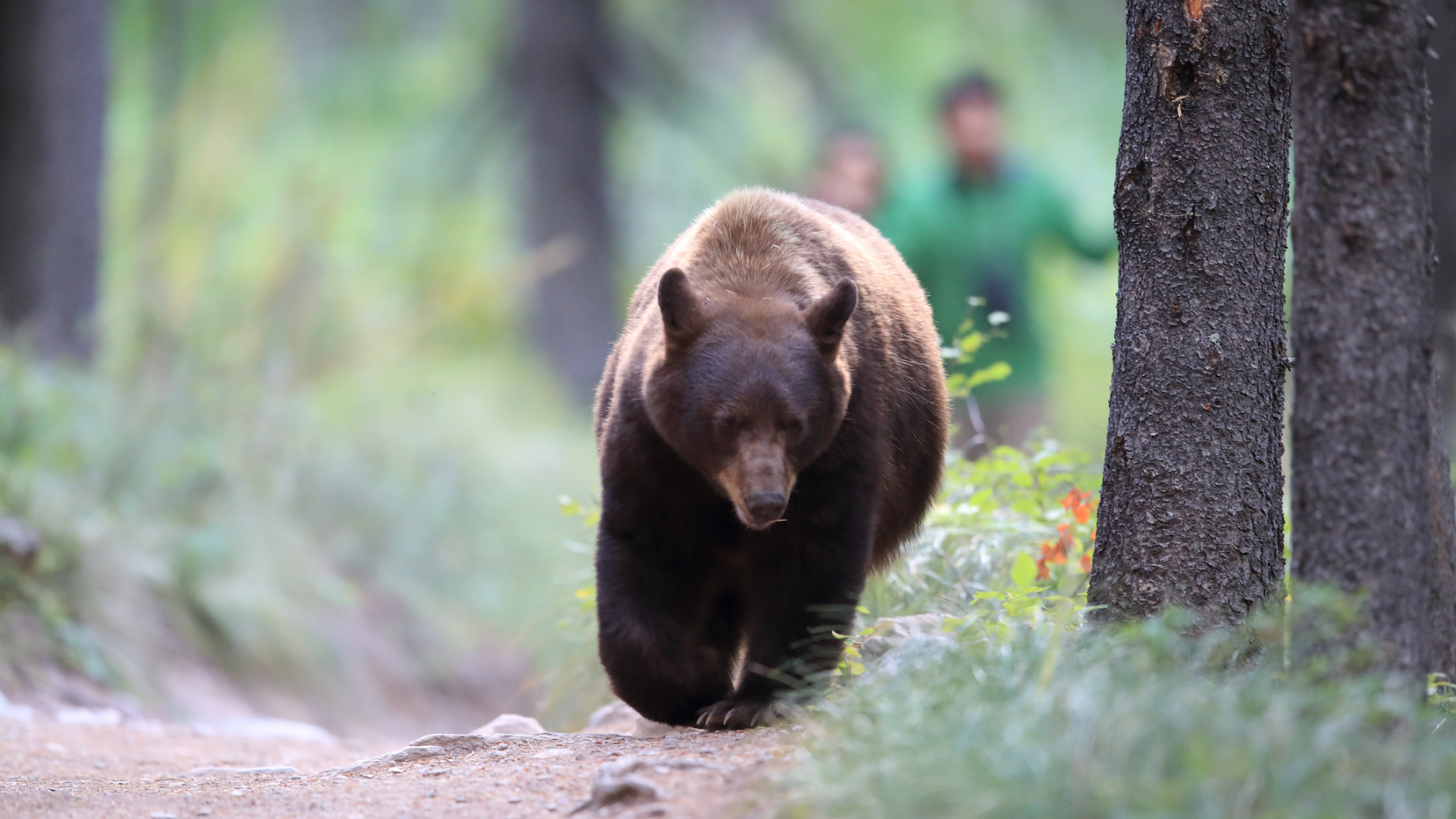
Home to more than 100 peaks over 11,000ft, Rocky Mountain National Park is Colorado’s crown jewel. Sitting near the scenic resort town of Estes Park in northern Colorado, its 415 square miles of stunning wilderness that attracts millions of visitors every year for good reason. In addition to turquoise lakes, breathtaking peaks, alpine tundra and famous Trail Ridge Road, the park offers ample opportunities to view big beasts like moose, bear, and elk as well as smaller bighorn sheep, marmots and pika.
Advnture Newsletter
All the latest inspiration, tips and guides to help you plan your next Advnture!
6. Lake Clark, Alaska
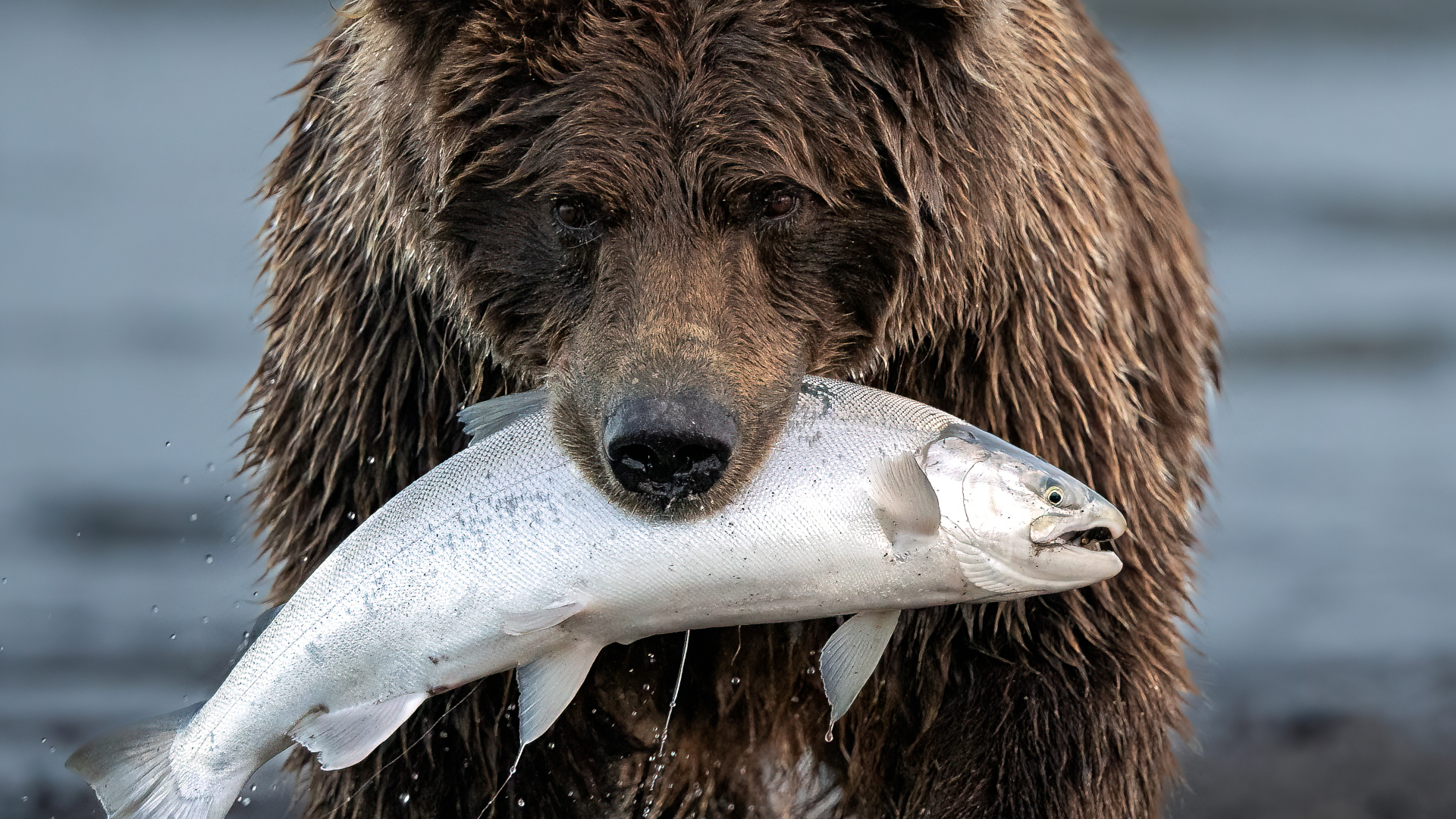
To be honest, any of Alaska’s eight National Parks make for some unforgettable wildlife viewing, what with them being some of the most remote and least crowded in the country. Situated in southwest Alaska, Lake Clark requires a small plane to reach it, which keeps annual visitation below 5,000 which means if you want to explore its smoking volcanoes, stunning coastline and craggy peaks, you’ll have the wilderness to yourself. Lake Clark is home to the world’s largest sockeye salmon fishery as well as the imposing grizzly bears that feed on them, then in the valleys you’ll find caribou, moose, wolves and lynx if you’re lucky.
7. Big Bend, Texas
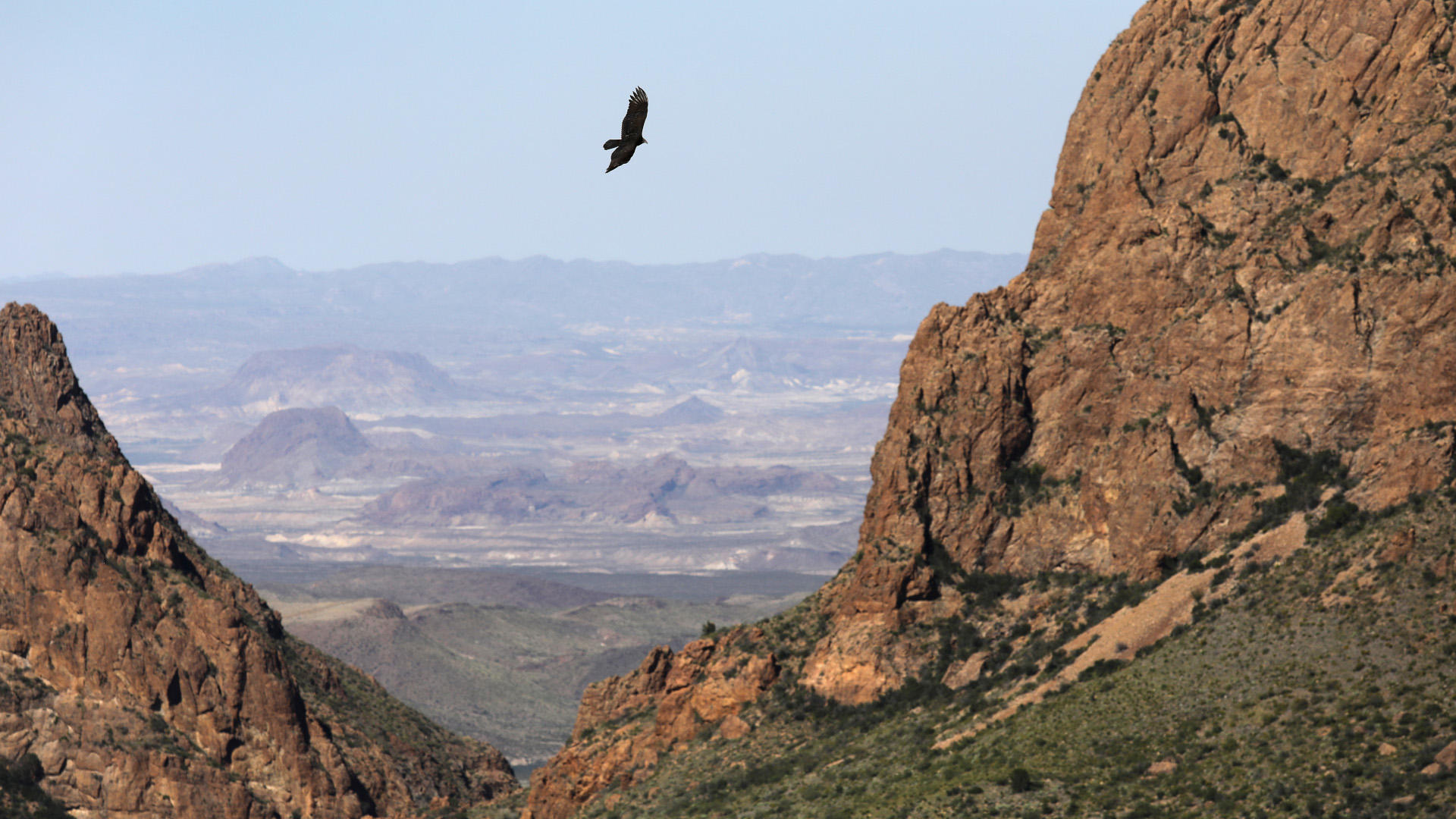
If it’s bird watching you’re after, head to southwest Texas where you’ll find birdlife and solitude in healthy doses. Big Bend is home to the entire Chisos mountain range, much of the Chihuahuan Desert and 450 species of birds – more than any other National Park. Some of these birds aren’t typically found elsewhere in the country, such as the Lucifer Hummingbird, Colima Warbler, Flammulated Owl, Elf Owl, Mexican Jay, Black-chinned Sparrow, Crissal Thrasher and Green Kingfisher. In addition to being a bird watching mecca, Big Bend is one of our top picks for stargazing and one of the best National Parks to visit in winter.
8. Saguaro, Arizona
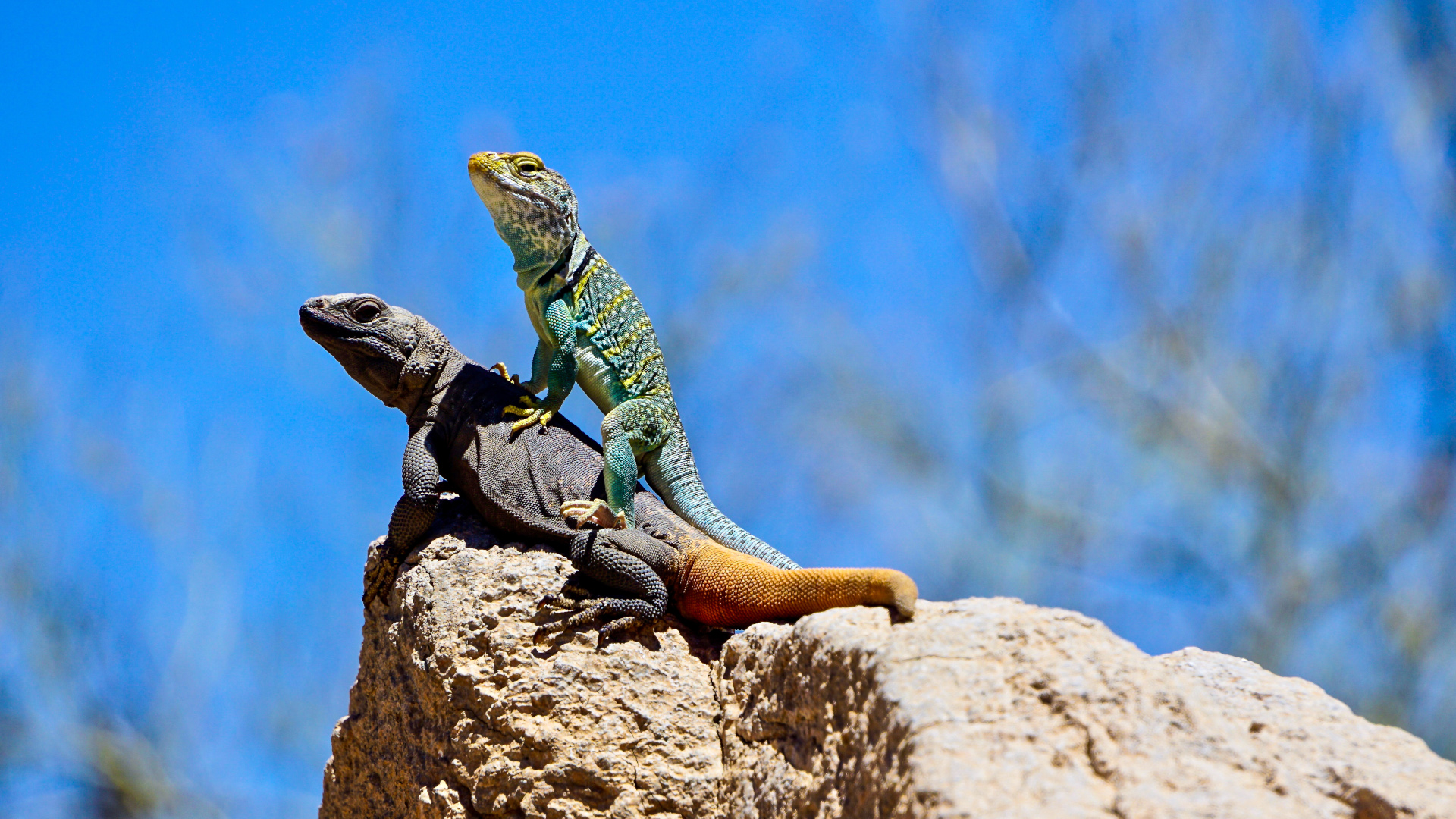
Do you prefer your wildlife to be cold-blooded? Then needless to say, you’ll want to head to the desert and Saguaro National Park in Arizona is considered one of the best parks to see rattlesnakes, lizards, tortoises as well as the venomous Gila Monster reptile. The park, which straddles Tucson and protects the largest cacti in America (the saguaro), is also home to leopard frogs and tree frogs, hawks and hummingbirds and desert mammals like mountain lions, kangaroo rats and foxes.
Julia Clarke is a staff writer for Advnture.com and the author of the book Restorative Yoga for Beginners. She loves to explore mountains on foot, bike, skis and belay and then recover on the the yoga mat. Julia graduated with a degree in journalism in 2004 and spent eight years working as a radio presenter in Kansas City, Vermont, Boston and New York City before discovering the joys of the Rocky Mountains. She then detoured west to Colorado and enjoyed 11 years teaching yoga in Vail before returning to her hometown of Glasgow, Scotland in 2020 to focus on family and writing.

